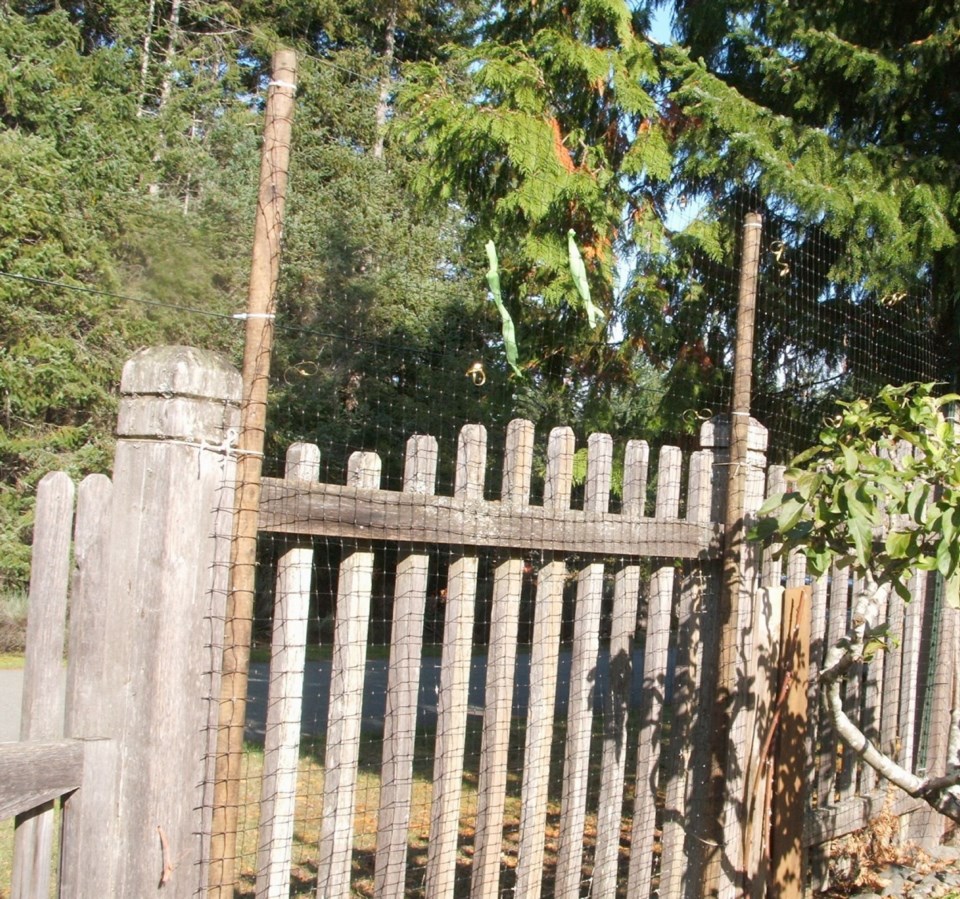In a column last month I mentioned how much I enjoyed having heliotrope back in the garden. I had placed a few of the plants in a small bed and installed a chair beside it for resting and absorbing the delicious honey-vanilla fragrance of the broad-clustered purple flowers.
On the day that column was published I received an email bearing a shocking message. “I too love heliotrope and often include a plant or two in a hanging basket by my front door. Last year, I used more than normal, and encircled a lower level of the basket with the plant.
“One morning last year, in late July or August, when the heliotrope was in full fragrant bloom, I noticed that a deer had been able to reach and nibble on the plant. Later that day, we noticed that we had a deer lying drowsily in our driveway. My husband managed to get it moving along, but it didn’t go far and the poor animal died some time later.
“It was apparent that there was something not quite right with this deer when we first saw it. I wondered why a healthy looking doe would be unwell. A call to the MARS Wildlife Rescue Centre brought the suggestion that some “ornamental” might be involved. I thought right away of the heliotrope. I looked up the possible toxicity of heliotrope and discovered, to my horror, just how toxic it is to animals.
“Here on north Quadra Island, the deer eat everything, including sage, euphorbia, and most things on those ‘deer resistant’ lists except for lavender and basic, trumpet-style narcissus.
“I immediately removed the heliotrope from my lovely hanging basket and cleaned up fallen foliage, spent flowers and seeds from the ground underneath the basket. I missed the lovely fragrance this year.”
This was news to me. Over the years I’ve become familiar with the information in two books and a thick file folder I have on toxic plants. Nowhere in any of this reference material is there a mention of heliotrope, but research online indicates that all parts of the heliotrope plant are poisonous and will cause gastric distress in humans and animals.
Heliotrope contains a slow-acting liver toxin. Toxic effects in animals usually appear only following ingestion of a large quantity over an extended period. Sleepiness is one effect of the resulting liver damage and failure.
The information I found makes me wonder whether a few nibbles from hanging basket heliotrope plants would have been enough to kill a deer. It’s possible, I suppose, but in mid to late summer, in hot and dry conditions, food may have become scarce and the deer may have foraged on a variety of other toxic plants as well. It may have been an accumulation of toxins over a period of time that caused the death.
As with many plants that deer resort to as food in times of lean pickings, heliotrope is not palatable to animals, but in food-scarce times they will eat anything if they are hungry enough — even toxic rhododendrons and English ivy. The green buffet. My heart sank as friends and I noticed hoof marks through the vegetable garden one morning recently. Then we saw that the rows of young spinach were nibbled to nubs. The radicchio and harvest-ready miniature romaine lettuces were chomped. The kale and the strawberries had been eaten. In the front garden, the three apple trees bore numerous bare and broken stems.
Deep hoof marks and scuffled ground in two places indicated possible points of entry. A bit of sleuthing ruled out the back fence. Both of the households involved had deer-proofed their back gardens.
That left a small front corner, beside the driveway, where cheeky deer could have leapt the see-through fence from the grassy boulevard to a patch of soft earth beside an inviting apple tree.
I mentioned the matter to Kim, a neighbour, when she was visiting later the same day. The next morning, Kim and husband Bob brought over two long poles and netting left over from one of their deer-proofing projects. Soon, the suspect length of fence had its height extended.
As a check, I raked smooth all the hoof-marked areas around the trees and vegetables. So far, so good. I’ve found nothing except a few pussy-paw tracks. Can’t keep the kitties out.
GARDEN EVENT
Rose meeting. The Mid Island Rose Society meets Monday from 6 to 8 p.m. in the North Nanaimo Library, 6250 Hammond Bay Rd. in Nanaimo. Information at 250-390-2805.



